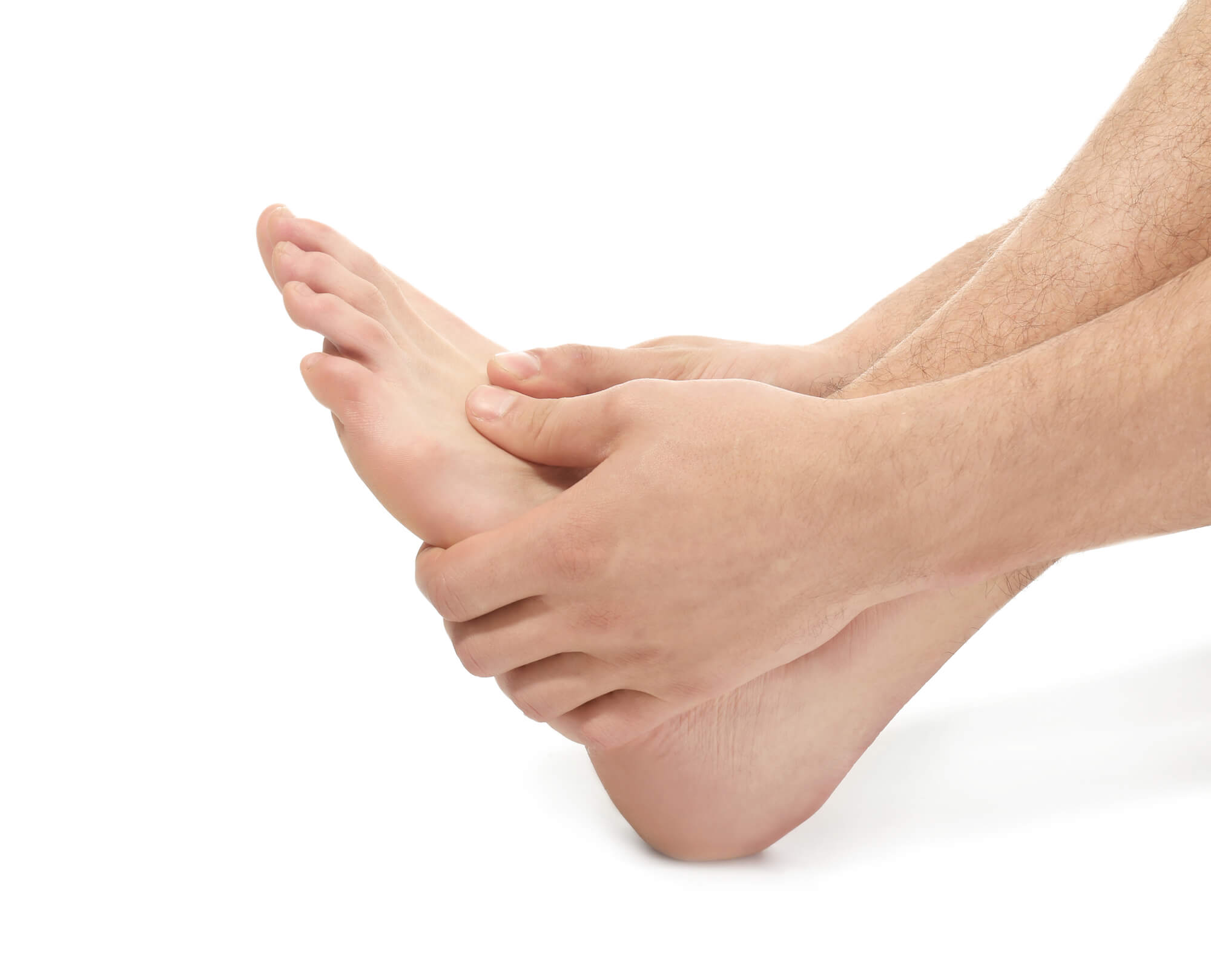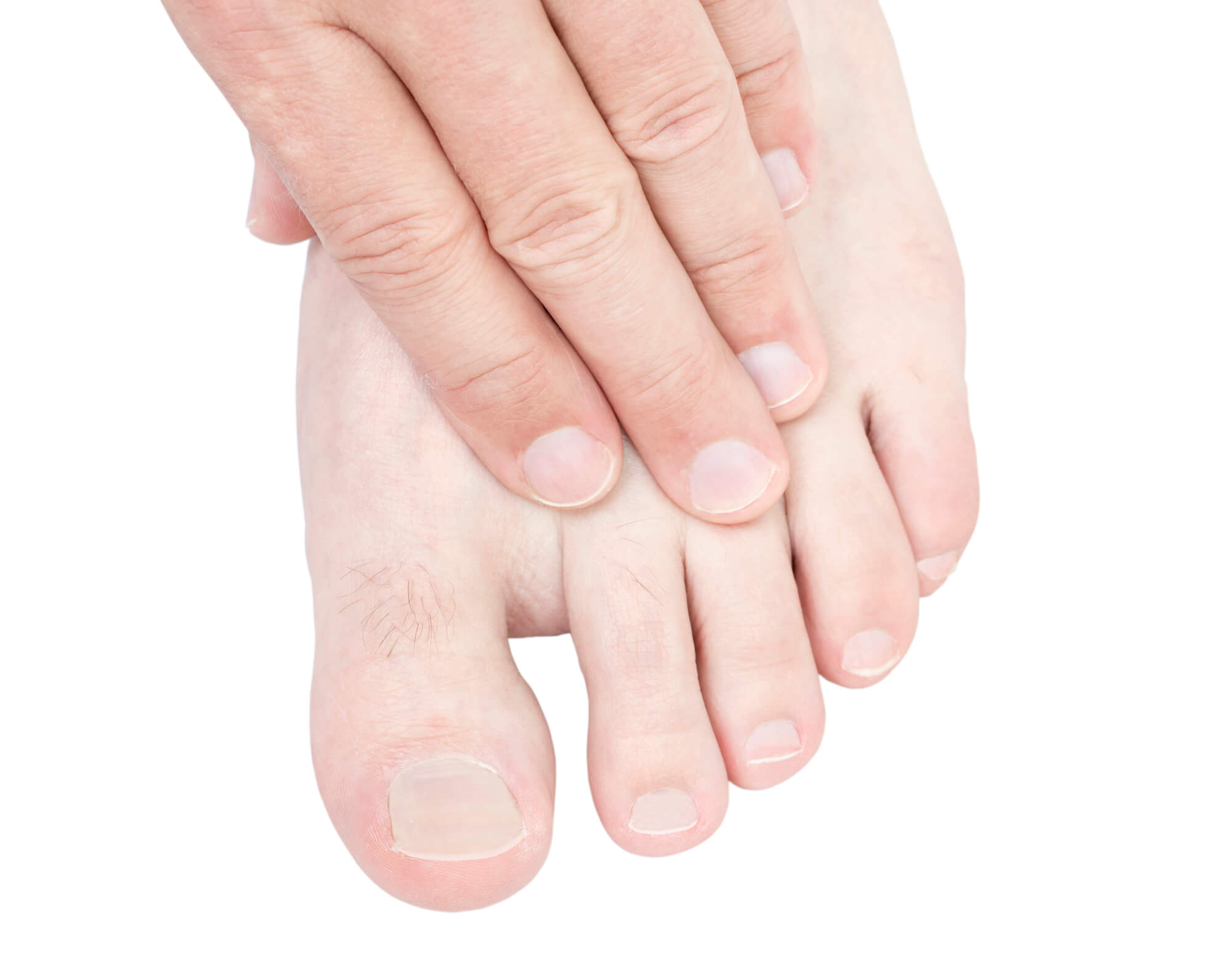Foot Pain Symptom Checker
Foot pain can be a common and debilitating condition that affects people of all ages. Foot pain can limit mobility and interfere with daily activities, whether due to injury, overuse, or medical conditions. It is essential to address foot pain promptly to prevent it from becoming more severe and impacting your overall health. This article will provide you with a foot pain checker, discuss the common causes of foot pain, and explain when to see a podiatrist. We will also share tips on preventing foot pain and maintaining healthy feet. By the end of this article, you will better understand foot pain and how to manage it effectively.
Foot Pain Checker
We have created a foot pain checker to help identify the possible cause of your foot pain. Please answer the following questions:
- Where is the pain located?
- How severe is the pain on a scale of 1-10?
- How long have you been experiencing the pain?
- Did the pain occur suddenly, or did it develop gradually over time?
- Is there swelling, redness, or warmth around the foot?
- Is the foot joint stiff or difficult to move?
- Have you experienced any injury or trauma to the foot?
- Do you have any fever or other accompanying symptoms?
Interpreting Your Answers to the Foot Pain Symptom Checker
Here are some examples of what the answers to the questions in the Foot Pain Checker could indicate:
1. Where is the pain located?
- Pain in the heel may indicate plantar fasciitis or a heel spur.
- Pain in the ball of the foot may indicate metatarsalgia or Morton's neuroma.
- Pain in the toes may indicate bunions or hammertoes.
2. How severe is the pain on a scale of 1-10?
- A score of 1-3 could indicate mild pain, which may be due to a minor injury or strain.
- A score of 4-7 could indicate moderate pain, which may be due to a more severe injury or condition.
- A score of 8-10 could indicate severe pain, which may require immediate medical attention.
3. How long have you been experiencing the pain?
- Pain that has been present for less than 48 hours could indicate a recent injury or strain.
- Pain that has been present for more than a week could indicate a chronic condition, such as plantar fasciitis or arthritis.
4. Did the pain occur suddenly, or did it develop gradually over time?
- Sudden pain may indicate an acute injury, such as a sprain or fracture.
- Pain that develops gradually over time may indicate a chronic condition, such as plantar fasciitis or arthritis.
5. Is there swelling, redness, or warmth around the foot?
- Swelling, redness, and warmth may indicate an injury or infection, such as a sprain or cellulitis.
- Swelling, redness, and warmth that persist for several days or weeks may indicate a chronic condition, such as arthritis or gout.
6. Is the foot joint stiff or difficult to move?
- Stiffness or difficulty moving the foot joint may indicate arthritis or a joint injury.
- Stiffness or difficulty moving the foot joint that persists for several days or weeks may indicate a chronic condition, such as plantar fasciitis or Achilles tendinitis.
7. Have you experienced any injury or trauma to the foot?
- An injury or trauma to the foot may indicate a sprain, strain, or fracture.
- A history of repetitive activities or overuse may indicate a chronic condition, such as plantar fasciitis or Achilles tendinitis.
8. Do you have any fever or other accompanying symptoms?
- Fever and other accompanying symptoms may indicate an infection or a more severe condition that requires immediate medical attention.
- Accompanying symptoms may include fatigue, weakness, or loss of appetite.

Common Causes of Foot Pain
Plantar Fasciitis
Plantar fasciitis is a condition that occurs when the plantar fascia, a ligament that runs along the bottom of the foot, becomes inflamed. Symptoms of plantar fasciitis include pain in the heel or arch of the foot, stiffness, and difficulty walking or standing. Treatment for plantar fasciitis may include rest, ice, physical therapy, and in severe cases, surgery.
Bunions
Bunions are bony bumps that develop on the joint at the base of the big toe. Symptoms of bunions include pain, swelling, and redness around the joint. Treatment for bunions may include wearing proper footwear, using orthotics, and in severe cases, surgery.
Ingrown Toenails
Ingrown toenails occur when the edge of the toenail grows into the skin surrounding the nail. Symptoms of ingrown toenails include pain, swelling, and redness around the affected nail. Treatment for ingrown toenails may include soaking the foot, wearing open-toed shoes, and in severe cases, surgery.
Stress Fractures
Stress fractures are tiny cracks that develop in the bones of the foot due to overuse or repetitive activities. Symptoms of stress fractures include pain, swelling, and tenderness in the affected area. Treatment for stress fractures may include rest, ice, compression, elevation (RICE), and surgery in severe cases.
Achilles Tendinitis
Achilles tendinitis is a condition that occurs when the Achilles tendon, which connects the calf muscles to the heel bone, becomes inflamed or damaged. Symptoms of Achilles tendinitis include pain and stiffness in the back of the heel, swelling, and difficulty walking or standing. Treatment for Achilles tendinitis may include rest, ice, physical therapy, and in severe cases, surgery.

When to See a Podiatrist
Regarding foot pain, it is important to know when to seek medical attention from a podiatrist. If you are experiencing persistent pain, swelling, redness around your foot, or difficulty walking, it may be time to see a podiatrist. Additionally, if you have suffered a foot injury, have a chronic foot condition, or are experiencing numbness or tingling in your foot, it is important to seek professional medical advice from a podiatrist. You can receive an accurate diagnosis and appropriate treatment to manage your symptoms and prevent complications by seeking prompt medical attention. A podiatrist can also advise you on how to prevent future foot injuries and maintain healthy feet for years to come.
Conclusion
In conclusion, various factors can cause foot pain, and it is essential to identify the cause of your pain to determine the best course of treatment. If you are experiencing foot pain, use our foot pain checker and consult a podiatrist for professional advice and treatment. By caring for your feet, you can continue to enjoy your daily activities and maintain overall health and well-being.

